





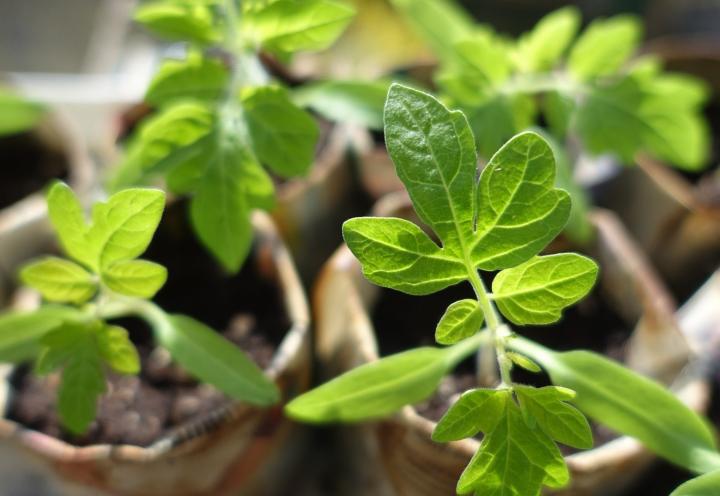
When plants are very young and just tiny seedlings, many people find that it’s hard to tell the seedlings from the weeds!
Here’s a quick visual guide our 10 easiest vegetables to grow from seed!
The first two leaves that many vegetable seedling put forth are called cotyledons (seed leaves), which do not pattern themselves after the leaves of the mature plant. They mainly serve as “snack packs”—energy bars for the infant plant to consume so that it can put forth its own true leaves.
While your seedlings sport their early cotyledons, it can indeed be difficult to distinguish them from each other, and from weeds!
After the true leaves emerge, which can take up to two weeks, you’ll be able to spot more differences between seedlings as they take on the special shape and form of their kind.
The cotyledons, having served their purpose, will eventually die off.
The bean seedling’s first seed leaves often appear to be heart-shaped. Its true leaves will be smooth-edged and arranged three to a stem, with two opposite each other and one above.
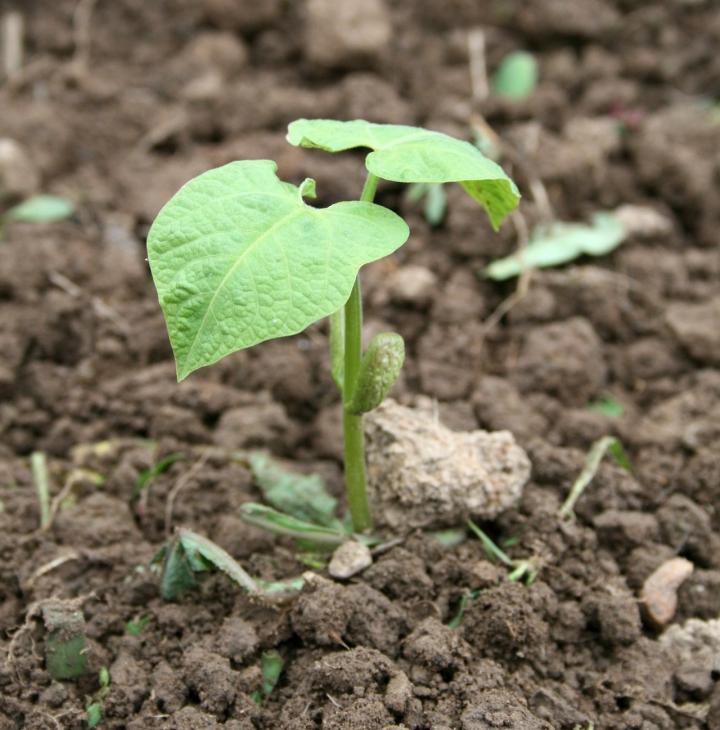
More on How to Grow Beans
With proper watering, beet seedlings will emerge in five days to two weeks. Young beets put forth smooth, oblong green leaves on red or pinkish/purple stems. Because several seedlings can grow from one beet seed, you may need to thin them by pinching some off at ground level.
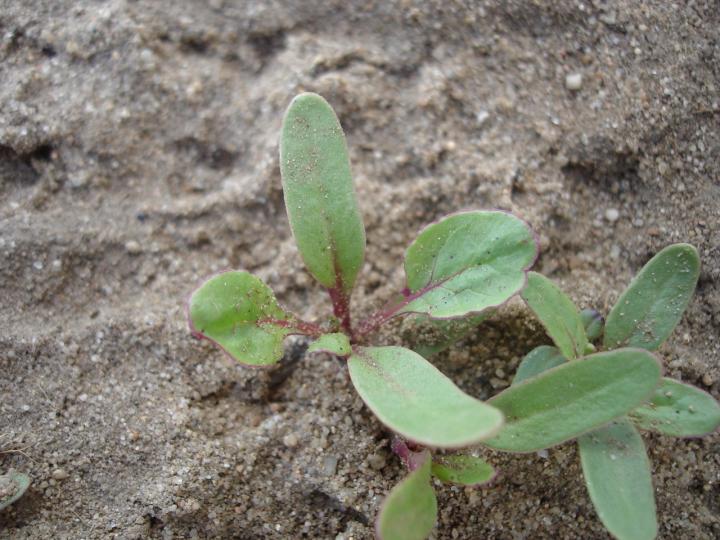
More on How to Grow Beets
Carrot seedlings in the earliest stages may be mistaken for grass because their seed leaves, unlike some other vegetable cotyledons, are tall and thin. A young carrot’s true leaves, shown below, have a distinctive, fern-like shape.
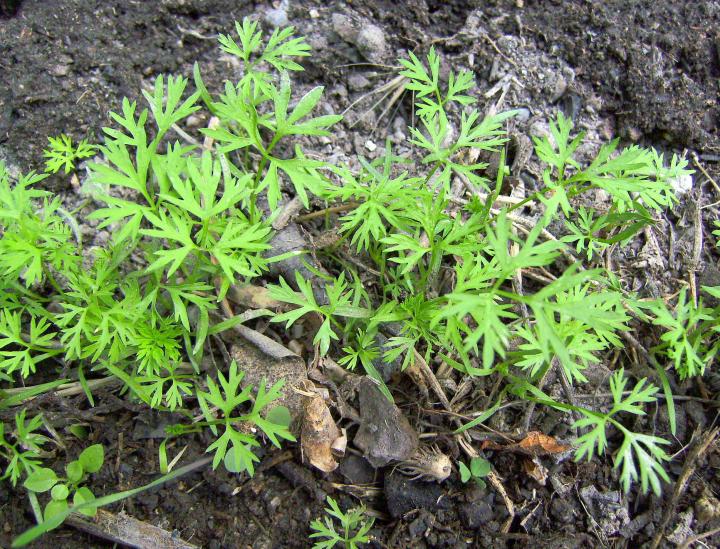
More on How to Grow Carrots
The oval seed leaves of emerging cucumber and squash plants look very much alike, but the cucumber’s true leaves will be triangular and lobed with a fuzzy surface and serrated (toothy) edges. As the cucumber vine develops, its delicate-looking but tenacious tendrils will grip and climb anything in their path.
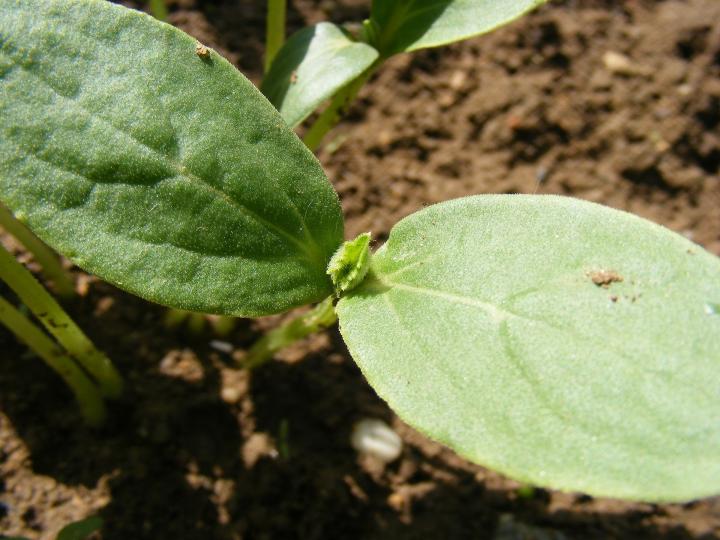
More on How to Grow Cucumbers
Kale comes in many varieties with true leaves that may be either smooth or fancily ruffled. Its seed leaves may peek above the soil in about a week, and the plants should be thinned to a foot apart when they reach five inches tall. The benefit of thinning kale is that you can enjoy the snipped seedlings in a salad!
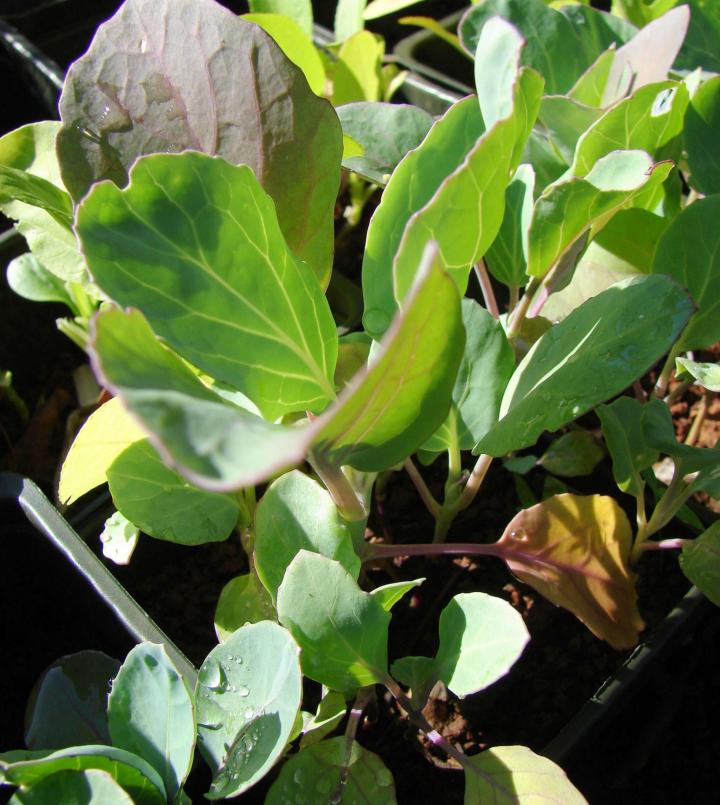
More on How to Grow Kale
The many varieties of looseleaf and head lettuce are characterized by their leaves. Depending on whether the leaves will become soft or stiff, loose or bunched, lettuce seedlings will vary in appearance. Lettuce seedlings respond well to consistent watering and cooler temperatures and, if started indoors, will need to be hardened off before being planted outside.
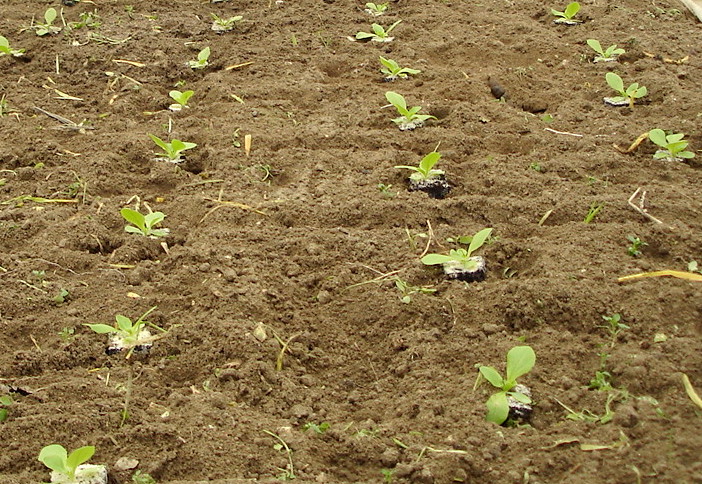
More on How to Grow Lettuce
You won’t see seed leaves emerging from pea seedlings because, unlike those of many other vegetables, pea cotyledons remain underground. Peas like to climb and will form oval leaflets with tendrils that readily wind around supports.
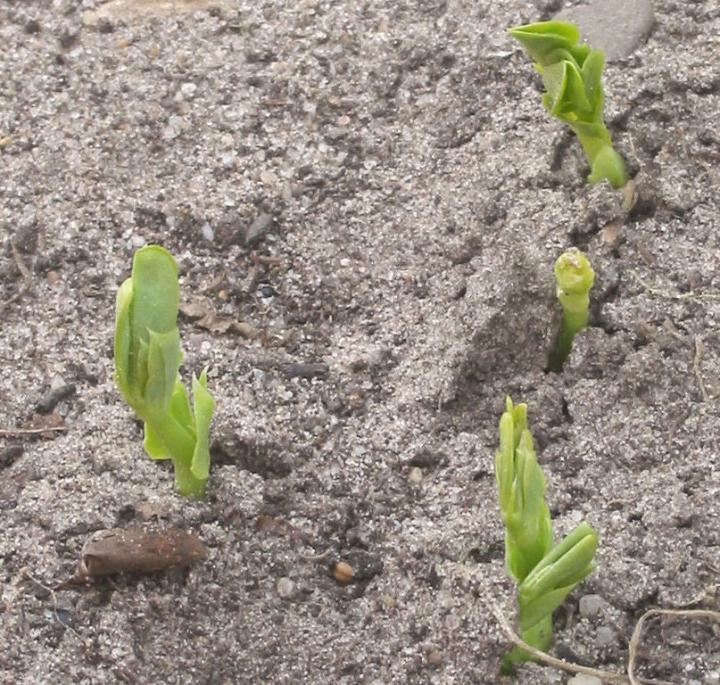
More on How to Grow Peas
Pumpkin, squash, and cucumber seedlings may be hard to tell apart because they belong to the same family. A pumpkin’s seed leaves will be large, flat, and rounded, looking a little like small elephant ears. As it grows, a pumpkin will form huge leaves and its vines may eventually cover a lot of territory.
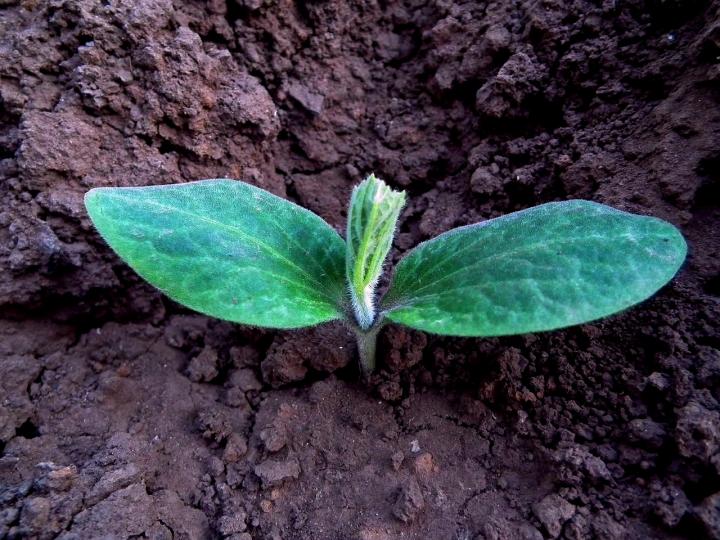
More on How to Grow Pumpkins
Radishes have smooth, heart-shaped seed leaves that soon give way to elongated and scalloped or gently serrated true leaves. Radishes are fast-growing, and those planted in the cool days of spring may be ready to eat in just three or four weeks. The nutritious radish leaves, or “tops,” may be eaten as well as the roots.
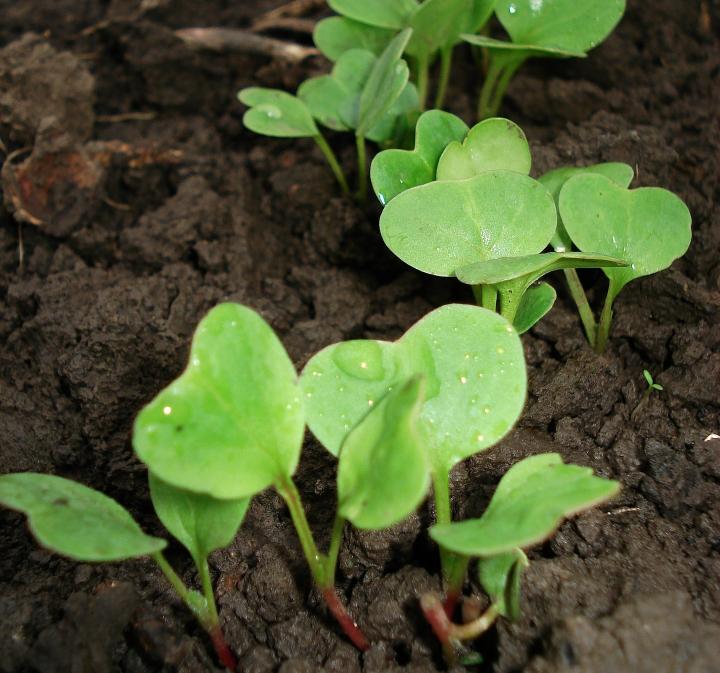
More on How to Grow Radishes
While all squash will emerge with rounded cotyledons, squash seedling leaves will vary by type the more that they grow. A summer squash will develop prickly, semi-triangular, jagged-edged leaves. A winter squash leaf will generally be broader and more rounded and, while hairy, not prickly.
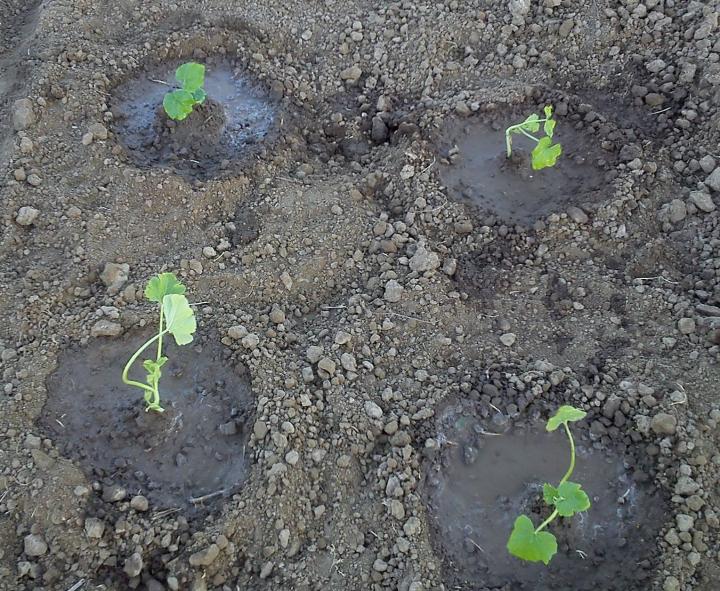
More on How to Grow Squash
Copyright © www.100flowers.win Botanic Garden All Rights Reserved